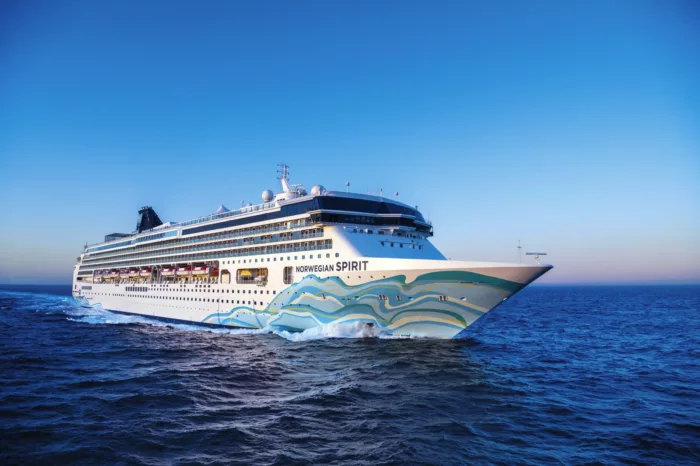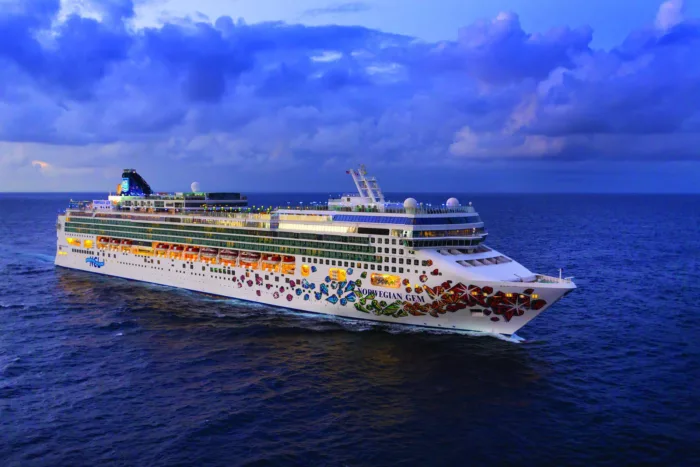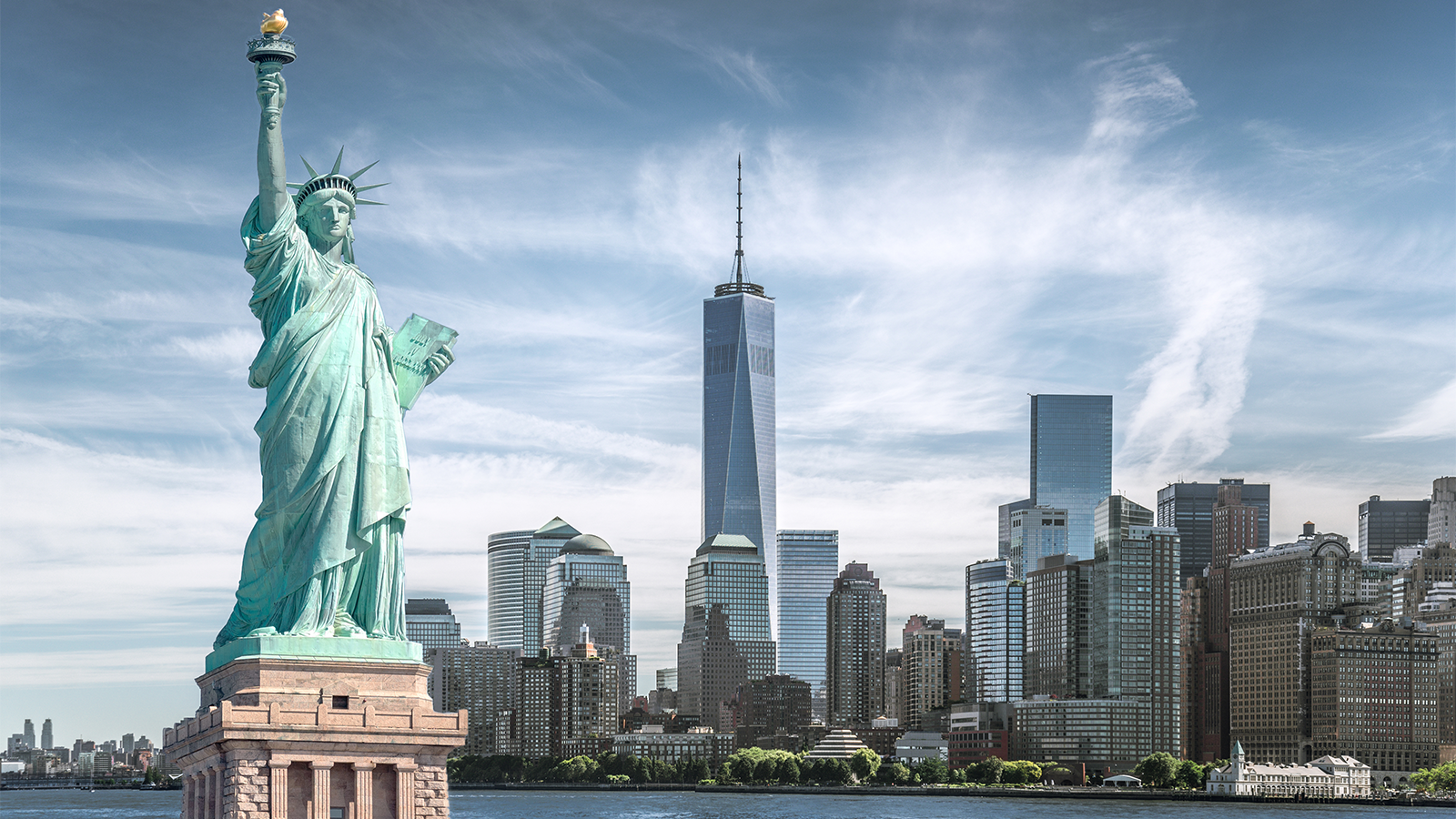
Norwegian Cruise Line
Founded in 1966, Miami-based Norwegian Cruise Line (NCL), part of global cruise company Norwegian Cruise Line Holdings (which also owns Oceania Cruises and Regent Seven Seas Cruises), is the third-largest cruise line in the world in terms of cruise passengers. NCL has become well-known for its colourful ships featuring a pop-icon style painted hull.
2376
Passengers
1069
Crew
2005
Launched
2021
Last refit
93502t
Tonnage
294m
Length
38m
Width
22kts
Speed
12
Decks
USD
Currency
Cruise Itinerary
Ship Details


Norwegian Cruise Line
Norwegian Jewel
As the namesake of our "Jewel Class" cruise ships, you can bet Norwegian Jewel has it all. As well as offering some of the largest suites at sea, there are staterooms to accommodate every style.
Cabins
All Prices














